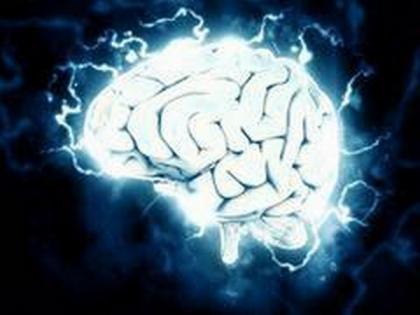Same brain region operates loss and return of consciousness: Study
By ANI | Updated: January 2, 2021 13:20 IST2021-01-02T13:10:35+5:302021-01-02T13:20:02+5:30
A study published in the journal JNeurosci claims that the loss and return of consciousness including both sleep and anaesthesia are propelled by the same network of brain regions.

Same brain region operates loss and return of consciousness: Study
A study published in the journal JNeurosci claims that the loss and return of consciousness including both sleep and anaesthesia are propelled by the same network of brain regions.
The biological basis of consciousness has confounded scientists for centuries. Our experimental techniques falter, as the effects of sleep and anaesthetic drugs alter brain activity beyond changes in consciousness.
In addition, behaviour does not always reveal someone's state of consciousness. An unresponsive person might still be aware of their surroundings (connected), or unaware but still experiencing their internal world (disconnected).
Scheinin et al. sought networks associated with human consciousness by measuring the brain activity of adult males with PET as they fell asleep and went under anaesthesia.
The research team woke participants mid-experiment to interview them and confirm their state of connectedness. Changes in connectedness corresponded to the activity of a network comprised of regions deep inside the brain: the thalamus, anterior and posterior cingulate cortex, and angular gyri.
These regions exhibited less blood flow when a participant lost connectedness and more blood flow when they regained it. The pattern held true for both sleep and anaesthesia, indicating the changes corresponded to connectedness rather than the effects of sleep or drugs, and that the network may be imperative for human consciousness.
( With inputs from ANI )
Disclaimer: This post has been auto-published from an agency feed without any modifications to the text and has not been reviewed by an editor
Open in app